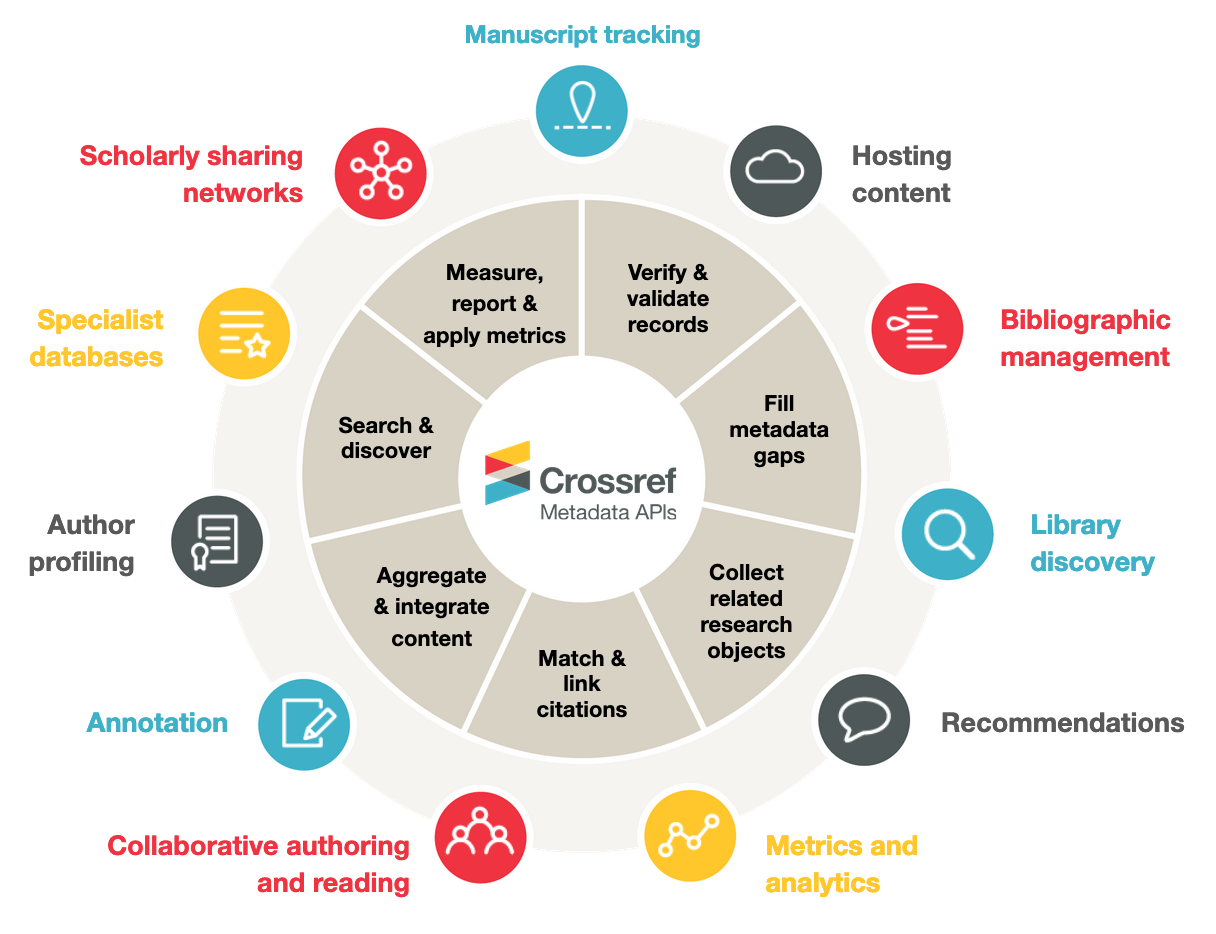Tumor de Células de Sertoli Esclerosante Testicular
DOI:
https://doi.org/10.47993/gmb.v44i2.284%20Palabras clave:
tumor, células de sertoli, testículoResumen
Actualmente el tumor de células de Sertoli de tipo esclerosante, se encuentra clasificado como una variante de los tumores de células de Sertoli NOS (sin otra especificación), ya que ambos tumores presentan mutación del gen CTNNB1, codificador de b-catenina, la relevancia de su identificación radica en que esta variante se correlaciona, aunque en un bajo porcentaje, con potencial metastásico.Masculino de 56 años de edad, con cuadro de 7 años de evolución, caracterizado por presentar dolor testicular izquierdo con leve aumento de consistencia en polo inferior de testículo izquierdo, se realiza ecografía testicular, en la que se evidencia lesión heterogénea de 2 cm de diámetro máximo, dependiente de polo inferior de testículo izquierdo; se realiza orquiectomía radical izquierda, con reporte histopatológico: tumor de células de sertoli testicular. Cursando posteriormente con evolución satisfactoria, con cicatrización completa de la herida, y actualmente en vigilancia, sin necesidad de tratamiento adyuvante. Conociendo su relativa rareza y los pocos casos notificados, los tumores testiculares de células de Sertoli siguen siendo un misterio relativo y en la actualidad, continúan siendo un desafío para su diagnóstico. Con este caso, pretendemos apoyar en el conocimiento y fomentar la investigación adicional de estos tumores, con el objetivo de optimizar el diagnóstico, dar un adecuado tratamiento.
Métricas
Citas
Siegel RL, Miller KD, Jemal A. Cancer statistics, 2018. CA: A Cancer Journal for Clinicians. 2018;68(1):7-30. Disponible en: https://doi.org/10.3322/caac.21442
National Cancer Institute. Cancer of the Testis - Cancer Stat Facts [Internet]. SEER. Disponible en: https://seer.cancer.gov/statfacts/html/testis.html
Sarici H, Telli O, Arici M. Bilateral testicular germ cell tumors. Türk Üroloji Dergisi/Turkish Journal of Urology. 2013;39(4):249-52.
Huyghe E, Matsuda T, Thonneau P. Increasing Incidence of Testicular Cancer Worldwide: A Review. Journal of Urology. 2003;170(1):5-11. Disponible en: https://doi.org/10.1097/01.ju.0000053866.68623.da
Shanmugalingam T, Soultati A, Chowdhury S, Rudman S, Van Hemelrijck M. Global incidence and outcome of testicular cancer. Clinical Epidemiology. 2013;5(1):417-27. Disponible en: https://doi.org/10.2147/clep.s34430
Verhoeven RHA, Gondos A, Janssen-Heijnen MLG, Saum KU, Brewster DH, Holleczek B, et al. Testicular cancer in Europe and the USA: survival still rising among older patients. Annals of Oncology. 2013;24(2):508-13. Disponible en: https://doi.org/10.1093/annonc/mds460
Chia VM, Quraishi SM, Devesa SS, Purdue MP, Cook MB, McGlynn KA. International Trends in the Incidence of Testicular Cancer, 1973-2002. Cancer Epidemiology Biomarkers & Prevention. 2010;19(5):1151-9. Disponible en: https://doi.org/10.1158/1055-9965.epi-10-0031
Punjani N, Winquist E, Power N. Do retroperitoneal extragonadal germ cell tumours exist?. Canadian Urological Association Journal. 2015;9(11-12):381.
Turnbull C, Rahman N. Genome-wide association studies provide new insights into the genetic basis of testicular germ-cell tumour. International Journal of Andrology. 2011;34(4):e86-97. Disponible en:
https://doi.org/10.1111/j.1365-2605.2011.01162.x
Greene MH, Kratz CP, Mai PL, Mueller C, Peters JA, Bratslavsky G, et al. Familial testicular germ cell tumors in adults: 2010 summary of genetic risk factors and clinical phenotype. Endocrine-related cancer. 2010;17(2):109-21. Disponible en: https://doi.org/10.1677/erc-09-0254
Ulbright TM, Amin MB, Young RH. Tumors of the testis, adnexa, spermatic cord, and scrotum. Atlas of Tumor Pathology, 3rd Series, Fascicle 25, Washington DC: Armed Forces Institute of Pathology. 1999.
Giglio M, Medica M, de Rose AF, Germinale F, Ravetti JL, Carmignani G. Testicular Sertoli Cell Tumours and Relative Sub-Types. Urologia Internationalis. 2003;70(3):205-10.
Zukerberg LR, Young RH, Scully RE. Sclerosing Sertoli Cell Tumor of the Testis. The American Journal of Surgical Pathology. 1991;15(9):829-34.
Anderson GA. Sclerosing Sertoli cell tumor of the testis: a distinct histological subtype. J Urol. 1995;154(5):1756-8.
de Diego Rodriguez E, Pascual Soria C, Portillo Martin JA. Tumor testicular de células de sertoli esclerosante en paciente VIH. Arch Esp urol, 2001; 54: 1129-32.
Gravas S, Papadimitriou K, Kyriakidis A. Sclerosing Sertoli Cell Tumor of the Testis: A Case Report and Review of the Literature. Scandinavian Journal of Urology and Nephrology. 1999;33(3):197-9.
Hita Rosino E, López Hidlgo J, Mellado Mesa P, Olivar Buera M. Tumor testicular de células de sertoli. Actas Urol Esp. 2001; 25: 74-77.
Reale D, Pascale M, Vitullo G, Di Virgilio M, Pizzicannella J, Piccolotti G. Sclerosing Sertoli cell tumor of the testis, Report of a case and review of the literature. Minerva Urol Nefrol. 2002;54(3):179-82.
Colecchia M. Observations on the Paper “Sclerosing Sertoli Cell Tumor of the Testis. American Journal of Surgical Pathology. 2014;38(8):1160.
Young RH, Koelliker DD, Scully RE. Sertoli Cell Tumors of the Testis, Not Otherwise Specified. The American Journal of Surgical Pathology. 1998;22(6):709-21.
Moch H, Cubilla AL, Humphrey PA, Reuter VE, Ulbright TM. The 2016 WHO Classification of Tumours of the Urinary System and Male Genital Organs-Part A: Renal, Penile, and Testicular Tumours. European Urology. 2016 Jul;70(1):93-105.
Proppe KH, Scully RE. Large-cell Calcifying Sertoli Cell Tumor of the Testis. American Journal of Clinical Pathology. 1980;74(5):607-19.
Handley J, Carson D, Sloan J, Walsh M, Thornton C, Hadden D et al. Multiple lentigines, myxoid tumours and endocrine overactivity; four cases of Carney’s complex. British Journal of Dermatology. 1992;126(4):367-371.
Handley J, Carson D, Sloan J, Walsh M, Thornton C, Hadden D, et al. Multiple lentigines, myxoid tumours and endocrine overactivity; four cases of Carney’s complex. British Journal of Dermatology. 1992;126(4):367–71.
García-Villa P, Martínez-Arroyo C, Salgueiro-Ergueta R, Paredes-Mendoza J, Zárate-Osorno A, Marina-González J. Tumor testicular maligno de células de Sertoli en edad madura. Rev Mex Urol. 2009;69(3):123-126.Disponible en: https://www.elsevier.es/es-revista-revista-mexicana-urologia-302-articulo-tumor-testicular-maligno-celulas-sertoli-X2007408509495407
Terayama K, Hirokawa M, Shimizu M, Kanahara T, Manabe T. Sertoli cell tumor of the testis. Report of a case with imprint cytology findings. Acta Cytologica. 1998;42(6):1458–60.
Publicado
Cómo citar
Número
Sección
Licencia

Esta obra está bajo una licencia internacional Creative Commons Atribución-NoComercial-CompartirIgual 4.0.





























